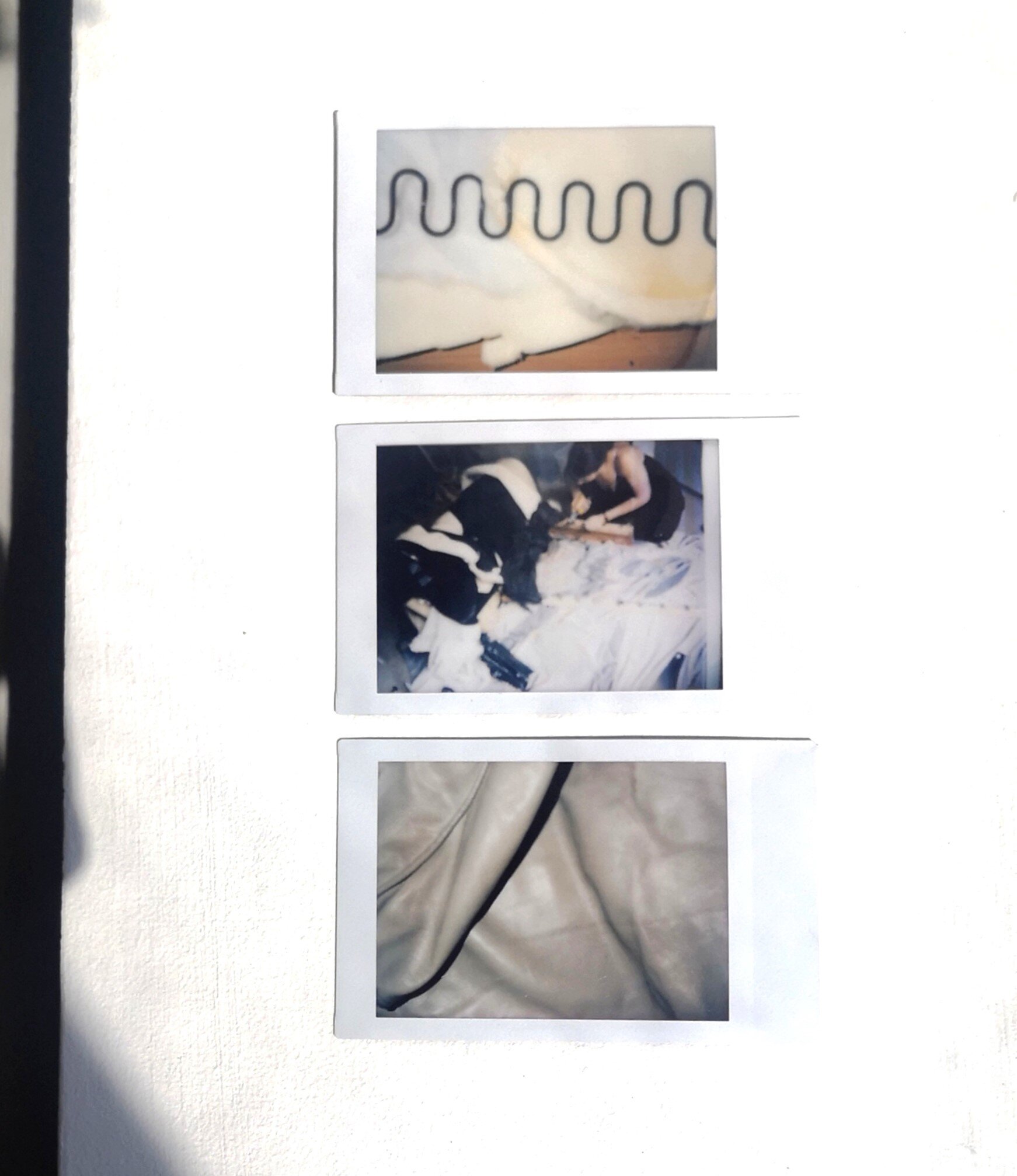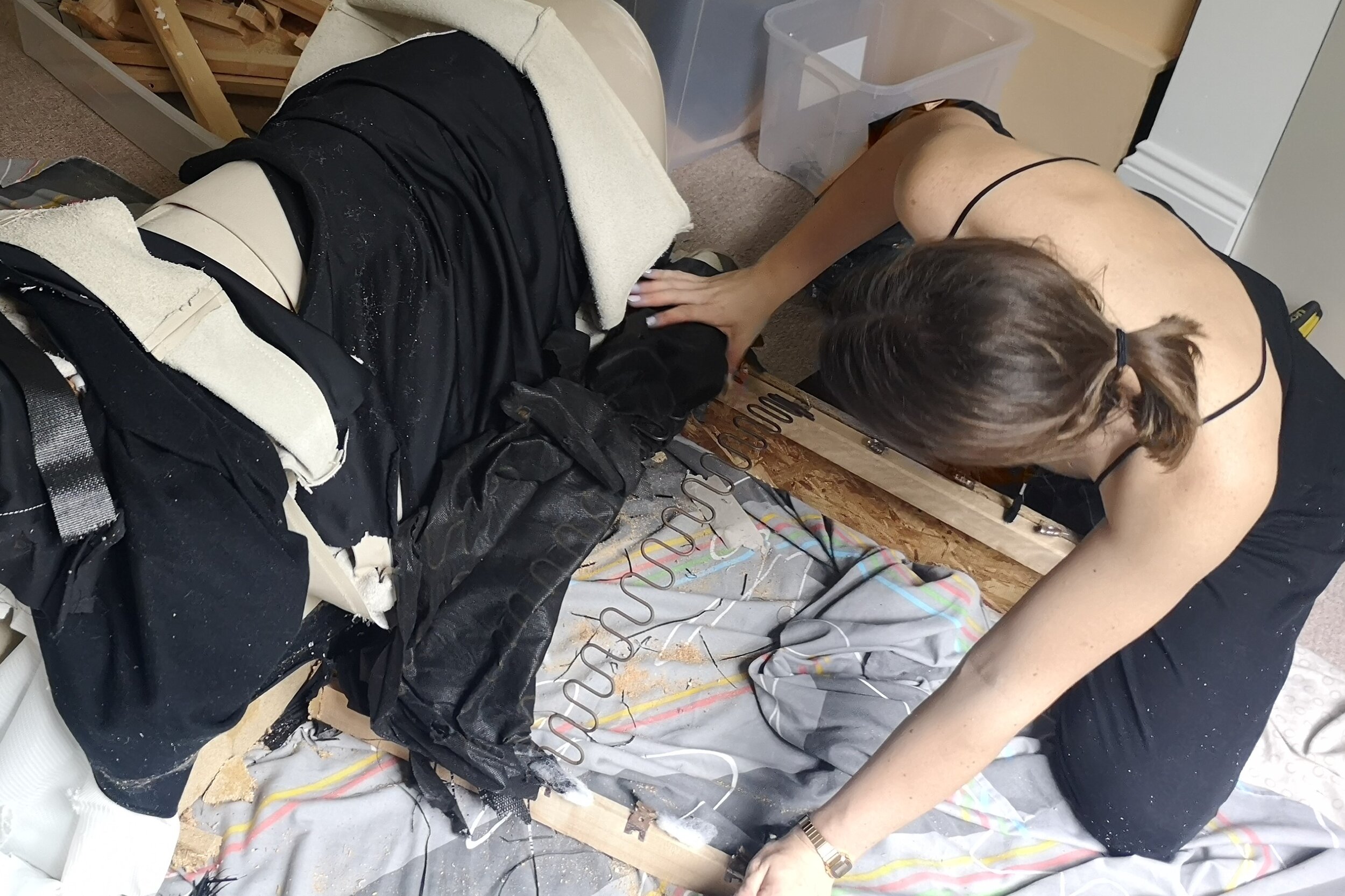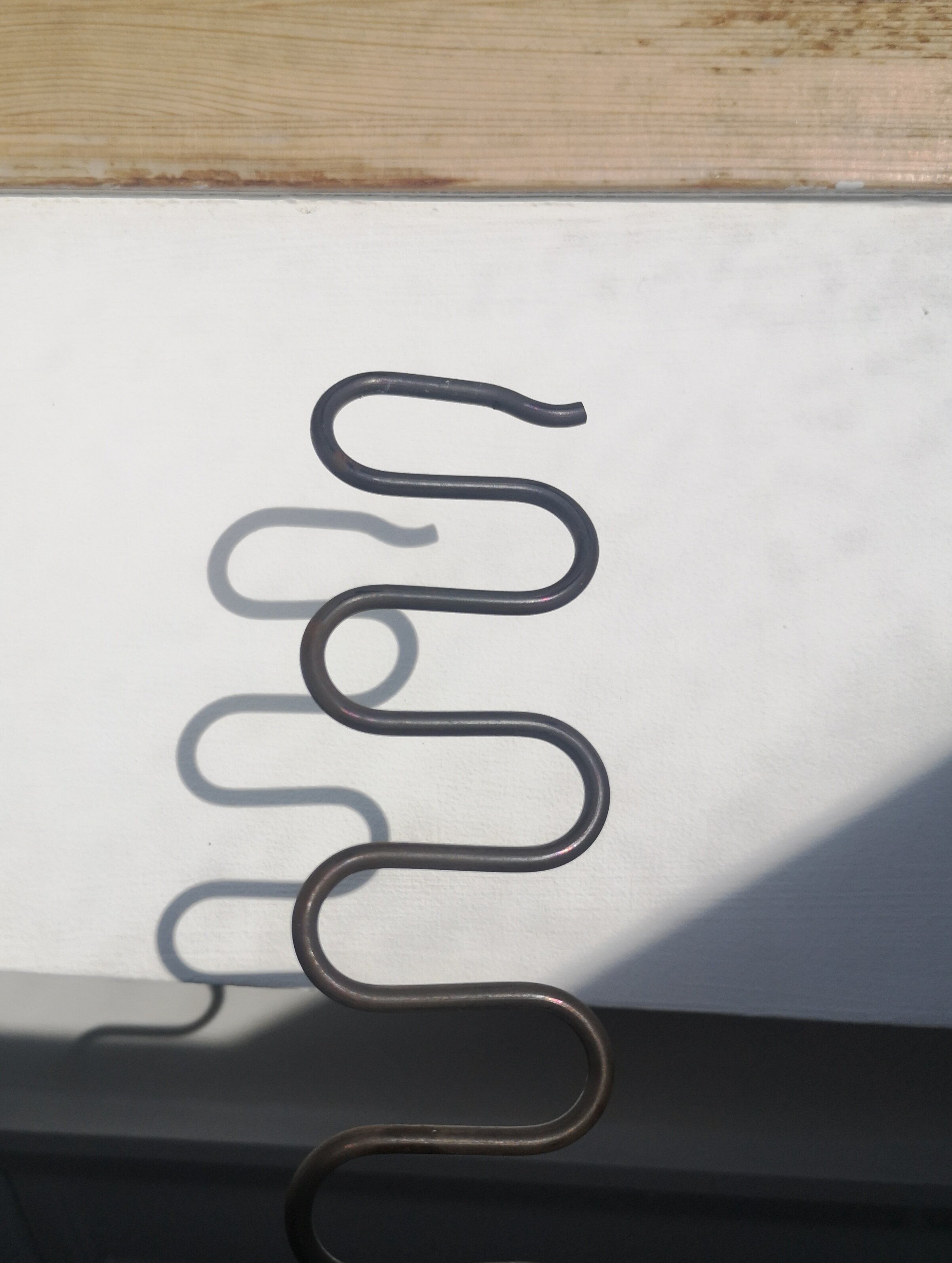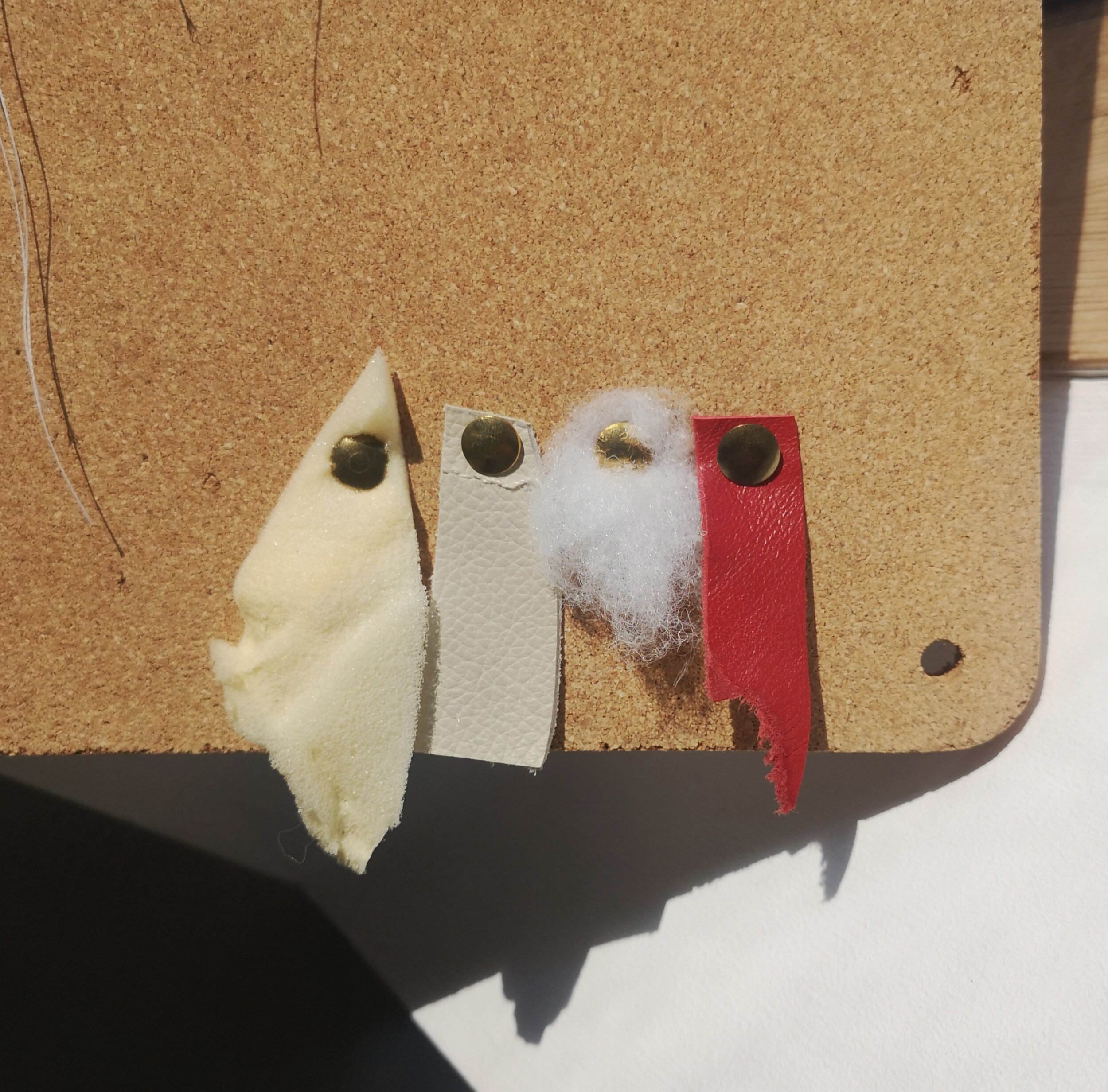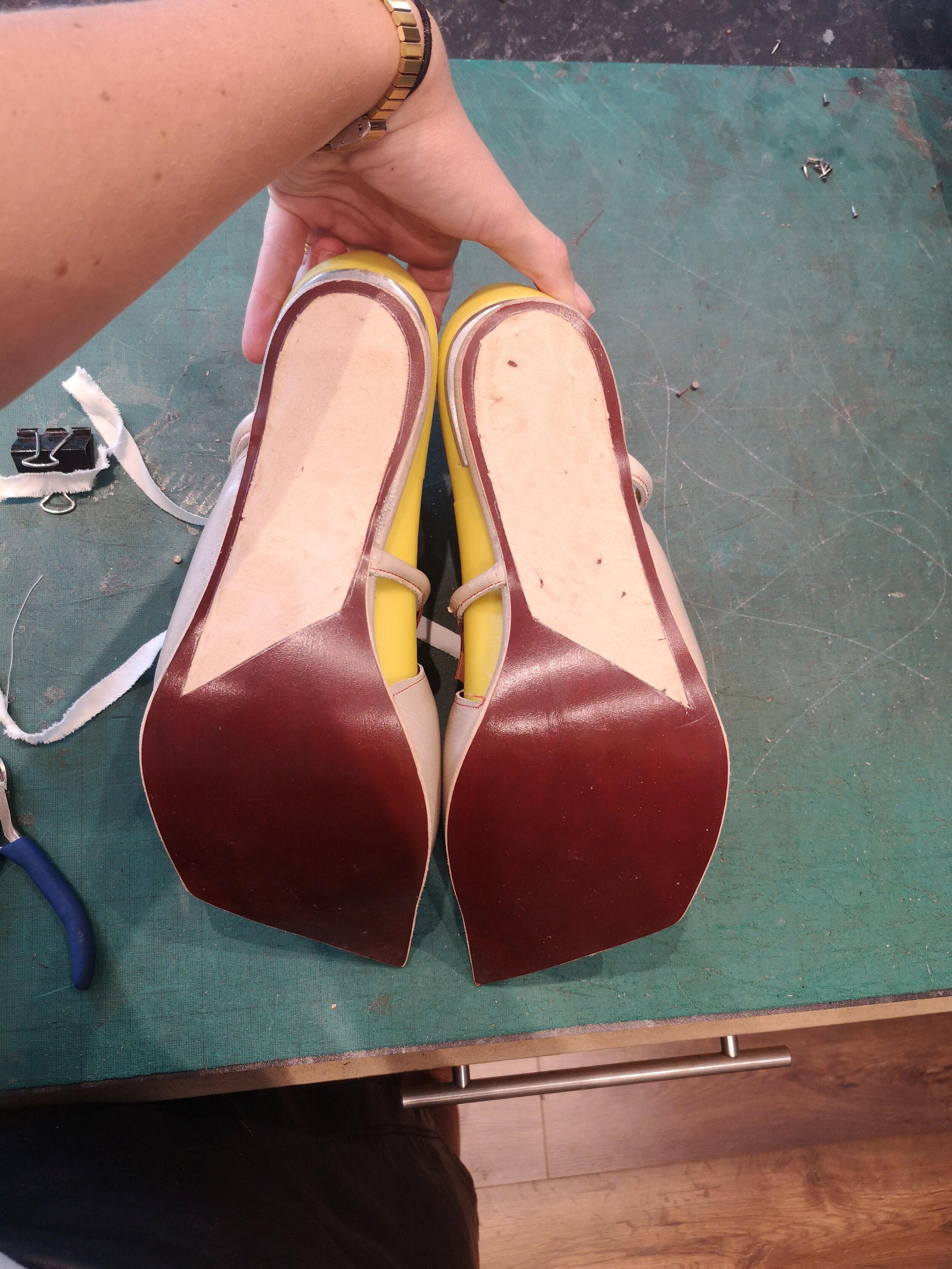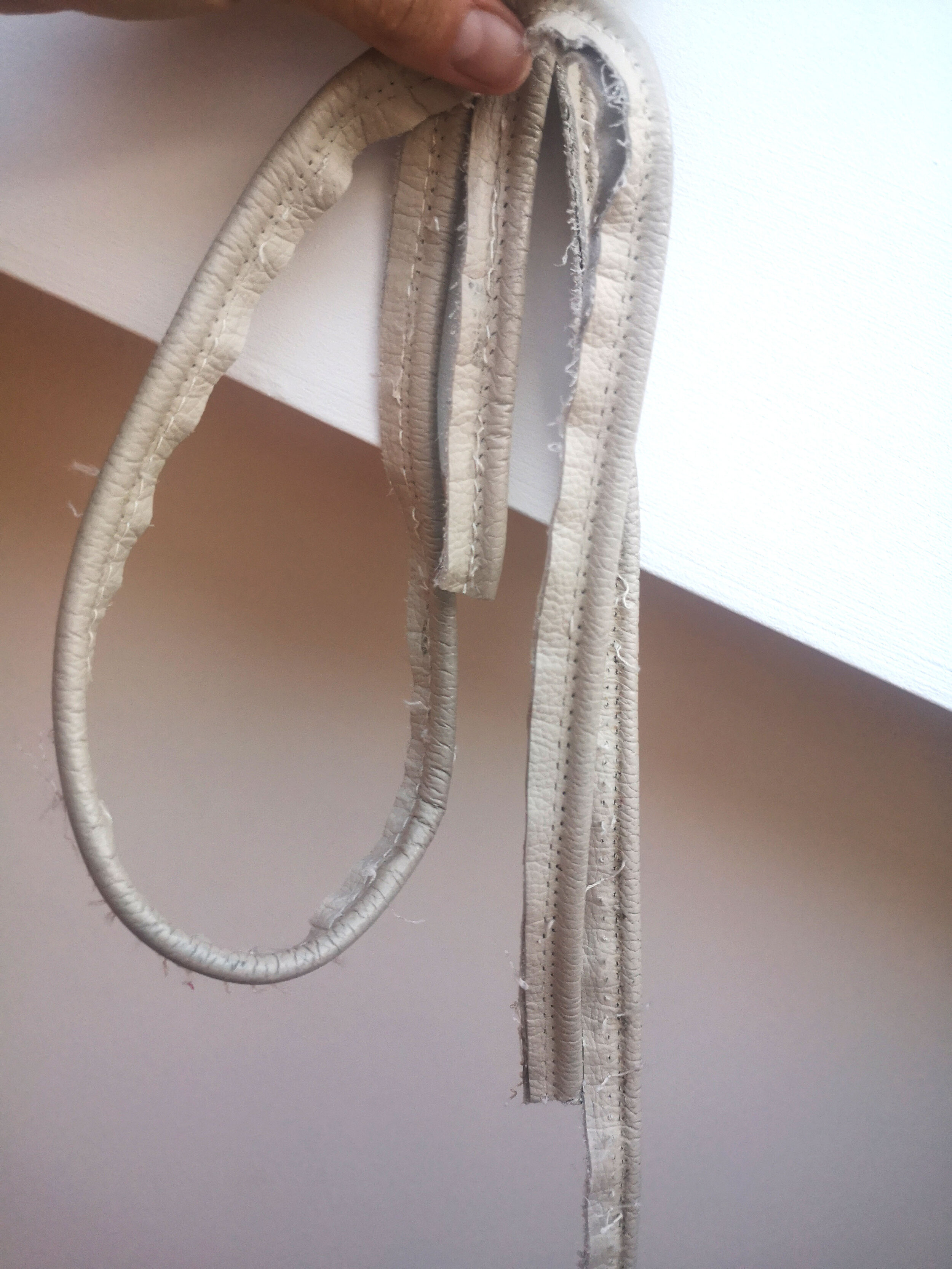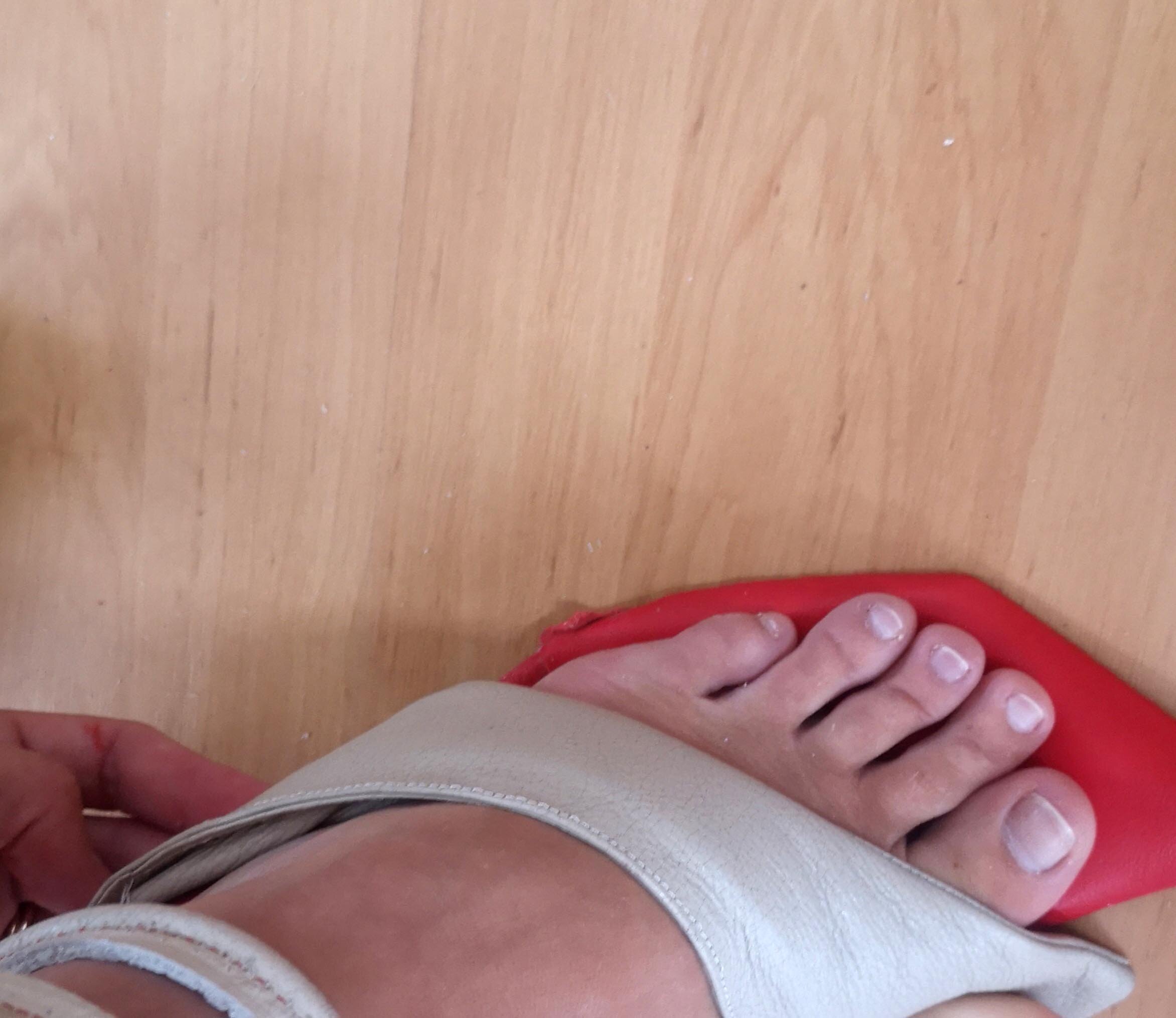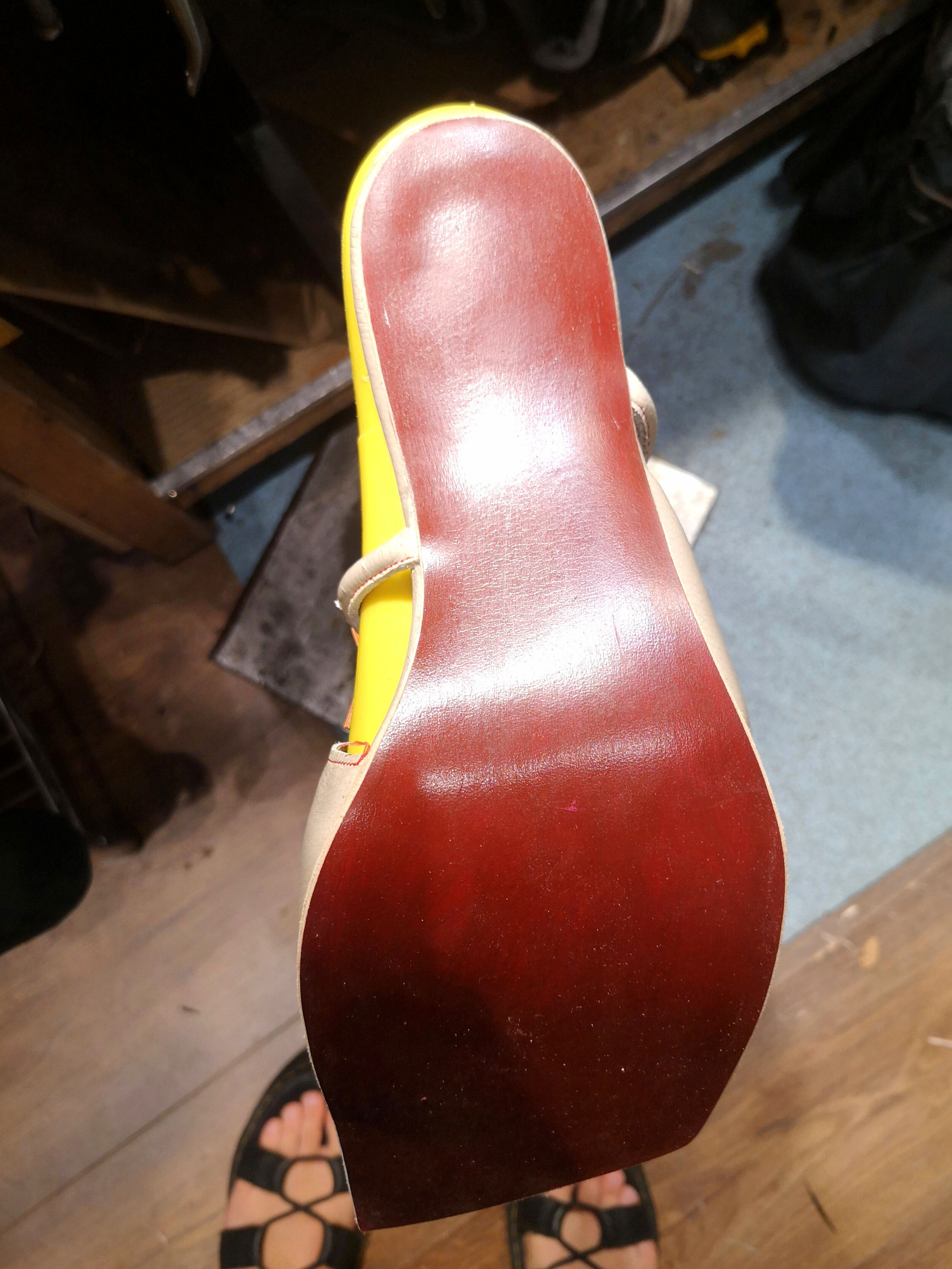KIMBERLEY
Part One: It’s personal
Making deep, meaningful yet personal connections to our surroundings and the ability to be able to emotionally integrate yourself and your family within unfamiliar surroundings is not always an accomplish-able feat.
My partner for the Shoe Have Names project, Kimberley, is a woman at the centre of her family. She embodies courage and strength whilst moving from property-to-property with limited space, accepting constant change, battling the unwanted upheaval of her family and their belongings, whilst constantly striving to provide comfort and protection for those who rely upon her.
Longing for some semblance of security can feel like a relentless struggle – trying to find minute ties that connect us to our home, wherever that may be. When that connection is finally made, Kimberley talks about an excitedness for finally being able to decorate their own space, which is something many of us can relate to.
The clothes you wear obtain your smell and your touch, your shoes embed your very being and they experience the journeys you take. This issue may sound cosmetic, but the project begs me to question whether we can ever truly call an environment our home if it does not embody our identities. Through not just helping Kimberley’s family find a home, but through rebuilding their confidence and feeling of belonging, the significance of the work carried out by Shelter cannot be praised enough. Shelter helped Kimberley’s family to find a place that they could make their own - a positive conclusion leading to the beginning of a new colourful life. Home, as a concept, is something which requires bonds and connections that tie together trust, individuality, security and permanence: the core idea of which will be reflected in my design and process.
Part Two: A New Beginning
I am an enthusiast for objects with a story; obsessed by the history of things and the journeys that they have lived. An element of this infatuation is encompassed within the markings that the material has gained, how it has worn or weathered over time, as well as how the object can be taken apart and re-assembled, re-formed or reshaped to fulfil its next purpose.
As part of my practice, I make my shoes using reclaimed leathers: material off-cuts and scraps from commissions or collaborative projects. I often take apart irreparable shoes and reuse their components too. The materials I will be using for this project come from an upcycled sofa that my husband and I had to sadly throw out. In order to utilise these individual components, of which there is an abundance, we broke the sofa down and took it completely apart. I kept all of the materials, in the hope that there would an ideal moment to draw upon them, so that nothing went to waste - this project felt like the perfect opportunity to finally commit to using them.
Our sofa, like they so often are for so many families, is an integral part of home. The sofa often becomes the place where we relax, come together, laugh, talk, catch up, cuddle, interact, play, lose half of your belongings or loose change! The surface of the leather from this sofa embodies the wear of its previous users; worn, stretched and shaped over time by lounging bodies and comfy bottoms! Scratches from watches or phones or metal buttons from jeans mark its surface. This sofa was given to us second hand so already embodies two different chapters within its lifespan so far and I am excited to start its next.
I love the differing tactile responses the components that we removed can create - the softness of the exposed inside foam is fun and enticing, the hard and curved nature of the springs is strong and purposeful, the worn leather is adaptable and curious, the structure of the wooden base foundation is solid and sturdy. Its design reflects that of a functional shoe. The stability, hardness, ability to mould to the body, with the elasticity and comfort to enjoy the experience. What I love about the true nature of ‘the sofa’ is that its purpose outweighs its aesthetic. Its internal composition is just as important as the outside.
I work as sustainably as possible with all aspects of my work and wish for my customers to have a continued relationship with their shoes in the same way that I have devoted to making them. It’s important to love the flaws that a handcrafted item will naturally possess and view these as celebrations of personal touch, in much the same way that we fall in love with the marks that display the fond memories experienced through the use of a sofa and its reflections of life at home.
But first thing’s first – how to turn this cream leather red…


